 | « Back to article | Print this article |
As Kolkata marches towards modernity, it is hard to imagine its streets without these cabs, notes Air Commodore Nitin Sathe (retd).
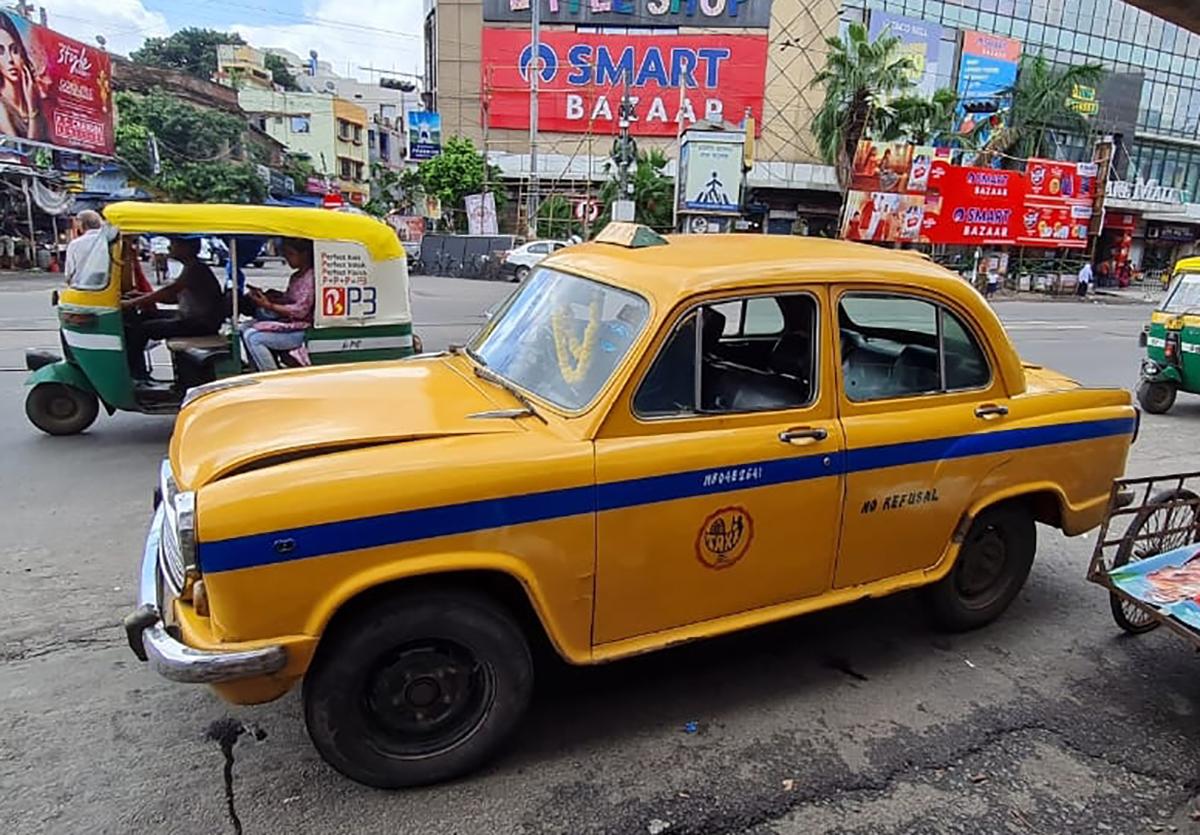
For many of us who grew up with the Hindustan Motors's Ambassador, it was more than just a vehicle. It was a symbol of reliability, of journeys taken across our sprawling country, and of memories we cherished.
***
Just as the black and yellow Fiat taxis of Bombay (Kali-Peelis) once stood as an enduring icon of the maximum city, Calcutta too boasted its own unmistakable emblem of modern life -- the yellow Ambassador taxi.
Fondly, I would like to call it the 'Peeli-Peeli' (Yellow yellow).
While the renamed Mumbai has seen its iconic cabs disappear from its streets, the days of the Peeli-Peelis are also numbered. In the next two years, these rickety old cabs may become a rare sight, almost relegated to memory.
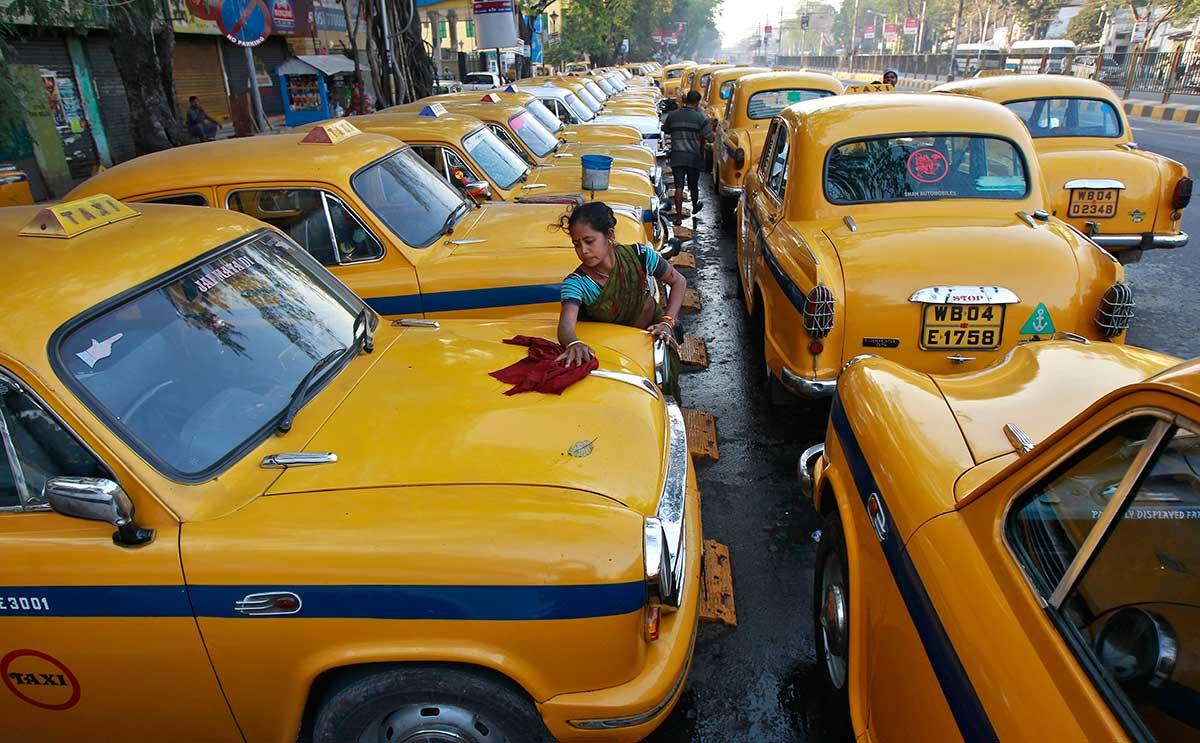
A few years ago, the roads of Calcutta teemed with nearly a lakh of these machines. Today, their numbers have dwindled to just about 7,000 to 8,000. With many of them fast approaching 15 years of age, government policies on ageing vehicles will soon force these taxis off the streets.
Yet, the city's true essence is hard to change, as old timers often remind us.

After a recent visit to Kolkata with friends, I am inclined to agree with them. Despite the attempts of the city to modernise, the soul of Kolkata remains in the deeply rooted Calcutta of its past.
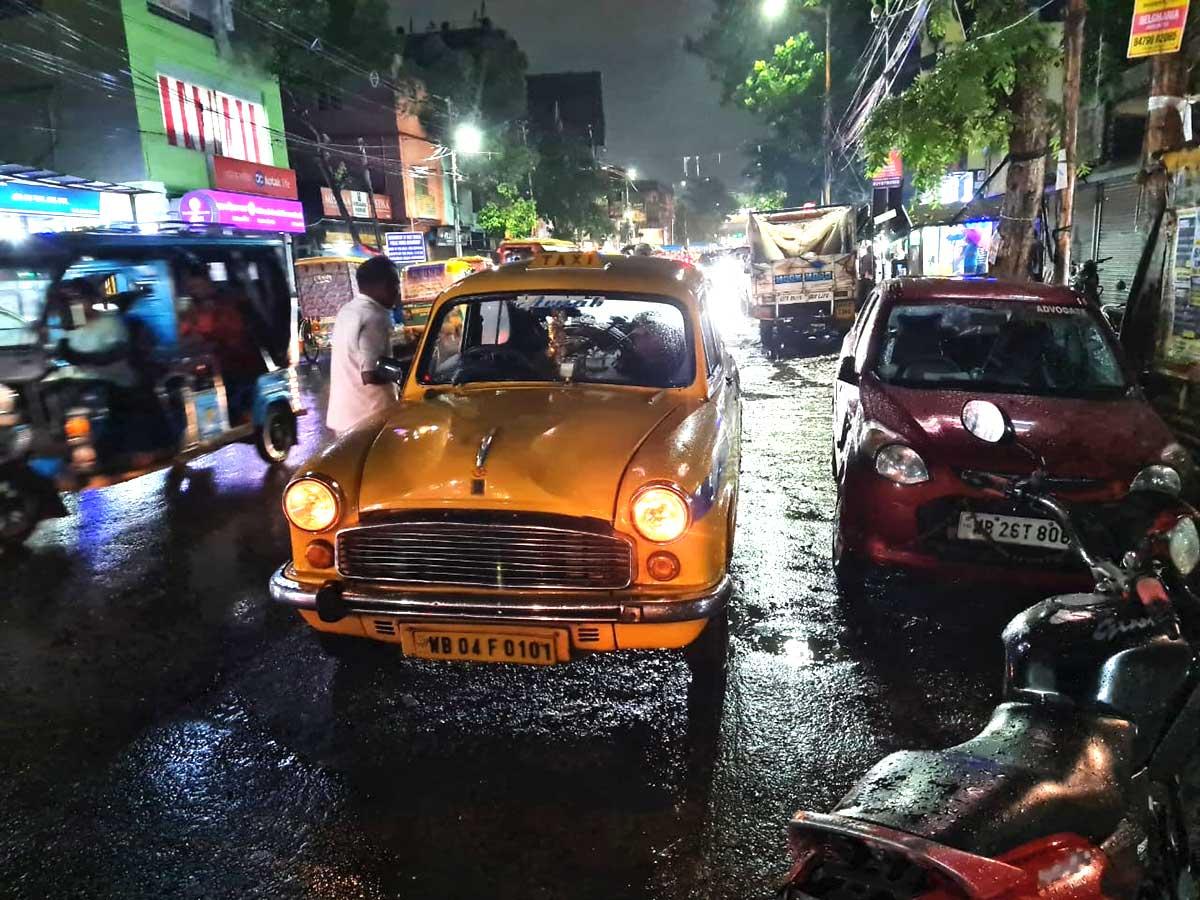
For a new generation of urbanites accustomed to the convenience and comfort of modern cars summoned by a tap on their phones, the loss of the Ambassador may not seem significant. To them, Calcutta is transforming into Kolkata -- just another modern city shedding one of its old world charms.
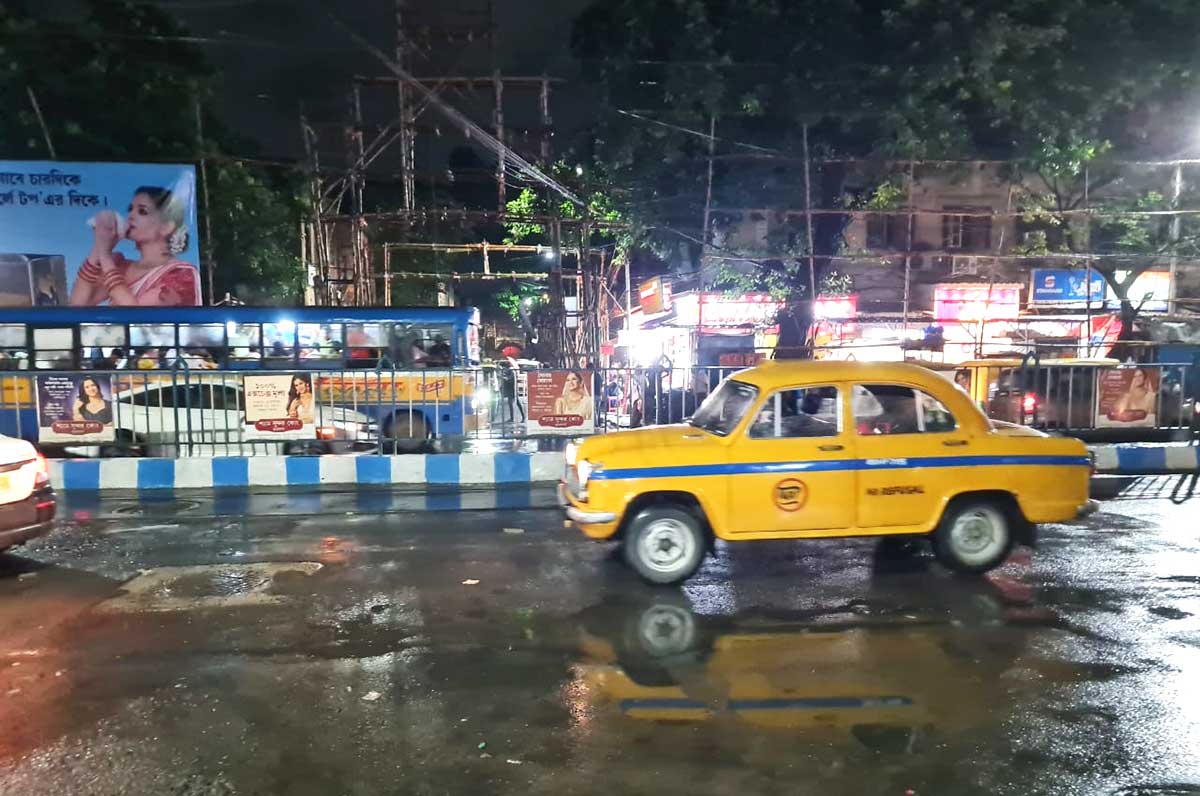
We tried, with great effort, to hail a cab through many of the online apps, but the Olas and Ubers seemed to be playing hide and seek with us at every turn.
It was then that we were forced to hail the Peeli-Peeli, which seemed to appear every time I raised my hand.

Riding from one end of the city to the other, savoring the heat, humidity and the swarming streets, I was taken back to the 1970s when I first learnt to drive my father's third hand Ambassador, a 1963 petrol model, a little older than me.
Dad's car served us well till the late eighties after which he changed to the newly inducted Maruti 800. What we missed in our new swank car was the space, giant sofa type seats, smell of petrol and the noise of the engine!
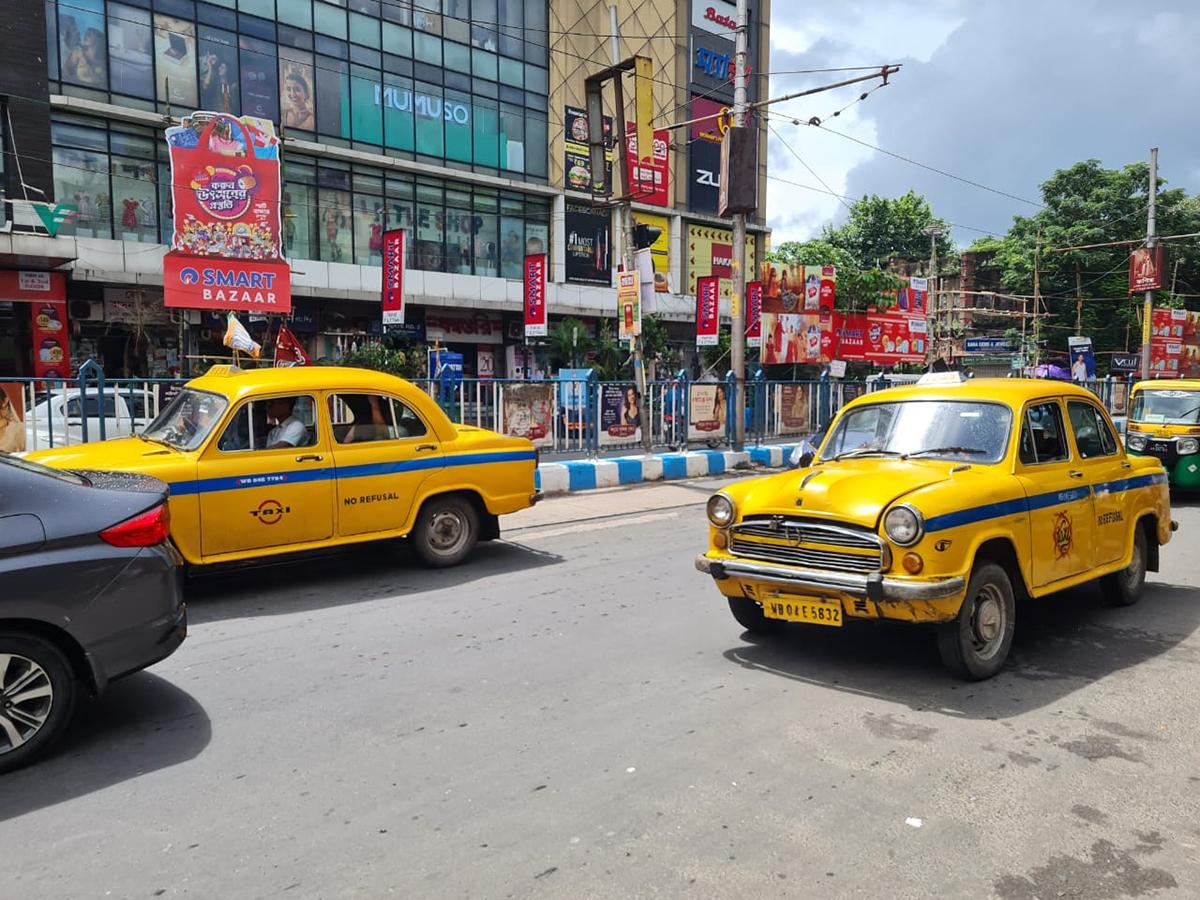
Our love of many years was given away, thankfully to someone we knew. Dad told us that our Amby continued to be on the road for a decade, after which our friend sold it off as a taxi in Delhi.
I am sure that it must have done another 10 years or so in its new avatar before being junked.
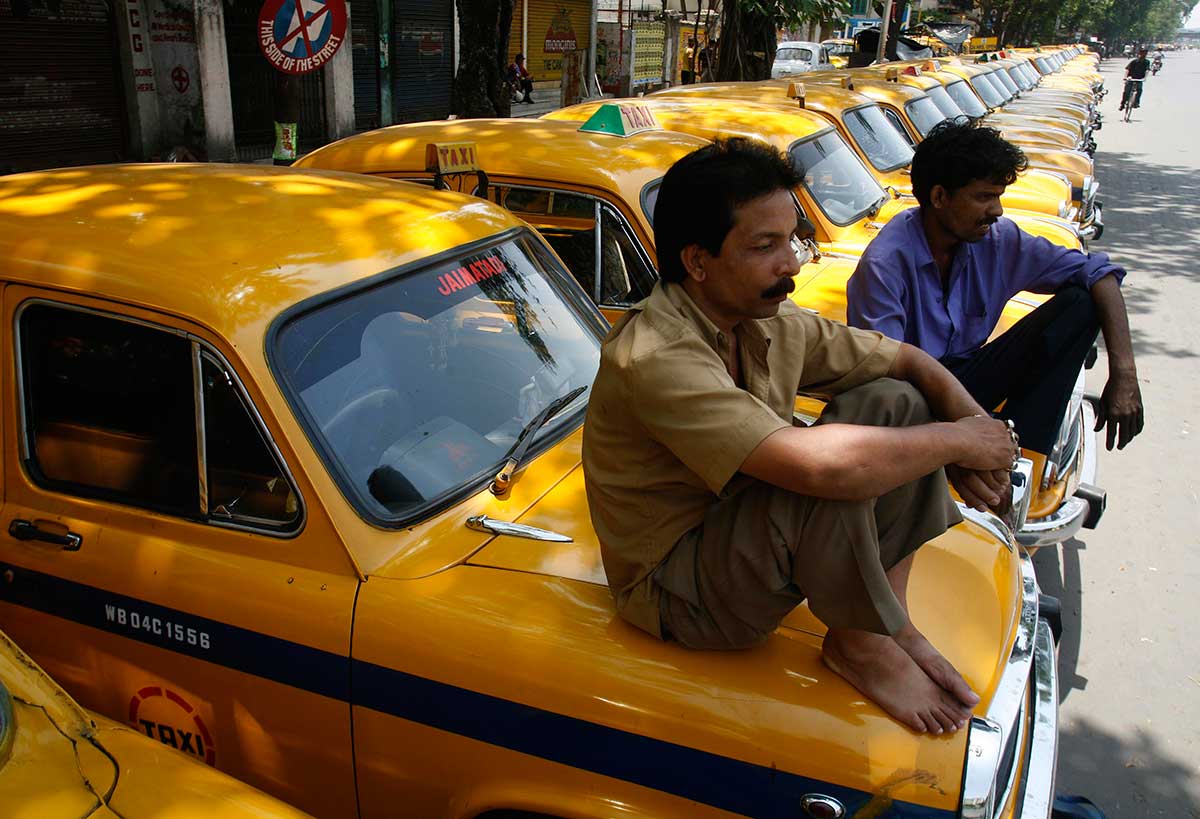
Kolkata provided us an opportunity to interact with the cabbies, most of who looked as old and haggardly as the taxis.
In the mixed Bihari and Bengali accent that all of them speak in, one of them proudly told us, "The Ambassador will still beat these new cars in reliability, and they are so cheap to maintain; I can't think of a life without this car!"
"What will I do with the 40-45 thousand rupees that I will get for it when I sell it as junk in a few months? A new car costs upwards of 9 lakhs today!"
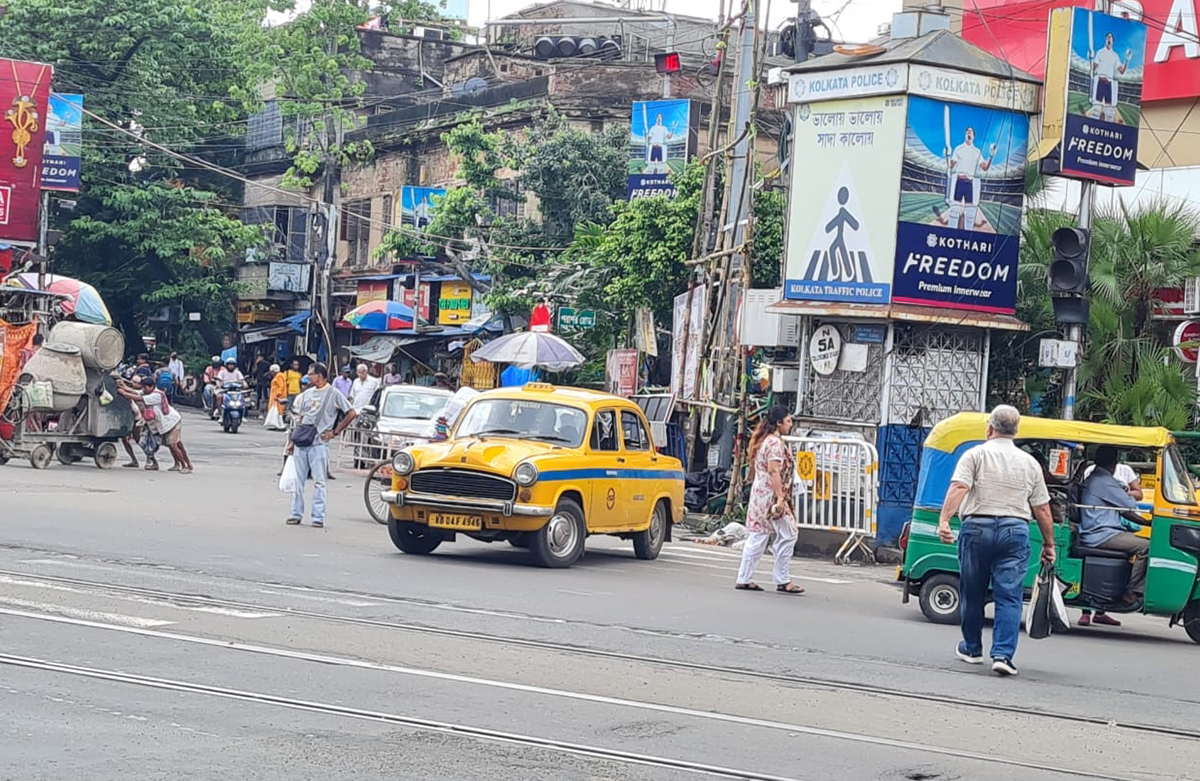
Although flinching in the front seat, I was impressed in the way these tin-can cabs were expertly maneuvered through the narrow streets, overtaking at will, skidding and snaking over the abandoned tramlines embedded in the roads of the city.
A lesson in offensive driving was so much required for all to survive here, I mused.

The cabs still have their factory fitted original diesels; and having clocked more than three lakh kilometers, the engines groan and croak to move the heavy metal contraption.
Doors are tied to the main frame with rags and the seats seem to move forward and backward each time the brakes are applied.
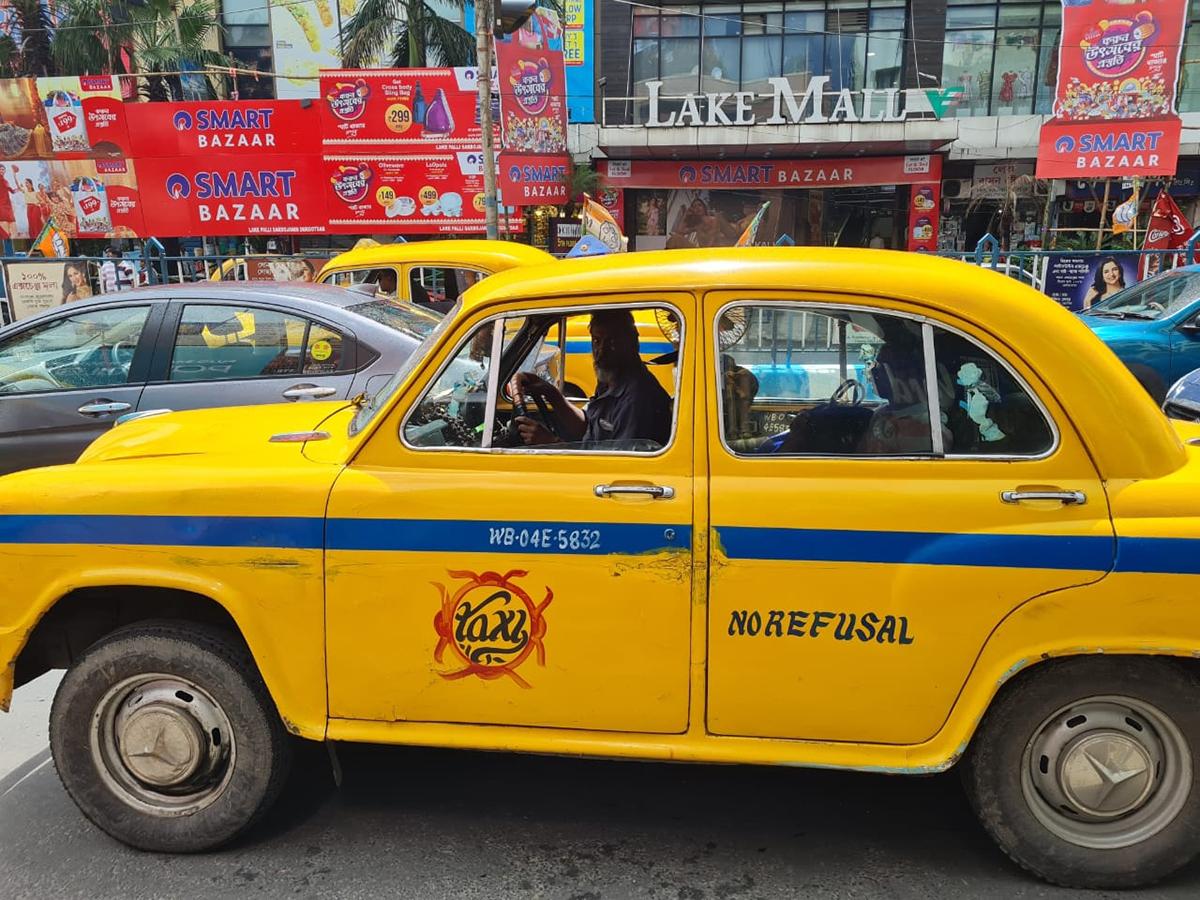
Old fans, open wires, ornamental lights and switches hang in the cabin and sway to the rocking wobble of the car as it takes us around.
And not to forget the oily carpet rags spread on the torn seats, the smell of which you carry with you as a token of remembrance once you get off.

The rustic drivers fill us with the stories attached to each of the monuments -- old and new, that make up this City of Joy.
They also tell us about how difficult city life has become and how the recent developments have taken a toll on their business.
All chats invariably end up with expert comments on how the state of West Bengal should be administered to make things better.
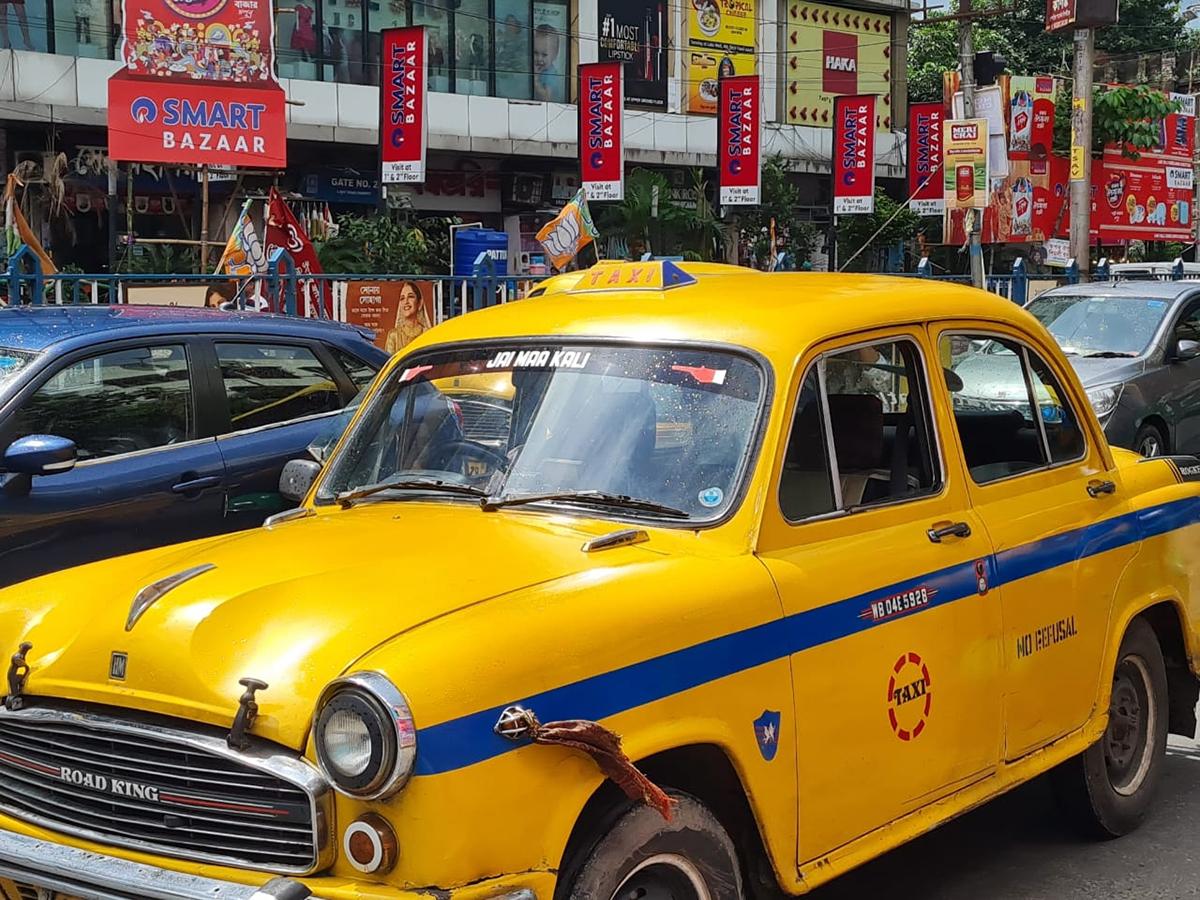
Despite all the change that the city has seen, somethings never truly leave us.
The Peeli-Peeli, like a faithful companion, was always there when we needed it, even though it will soon fade from the present into the past.
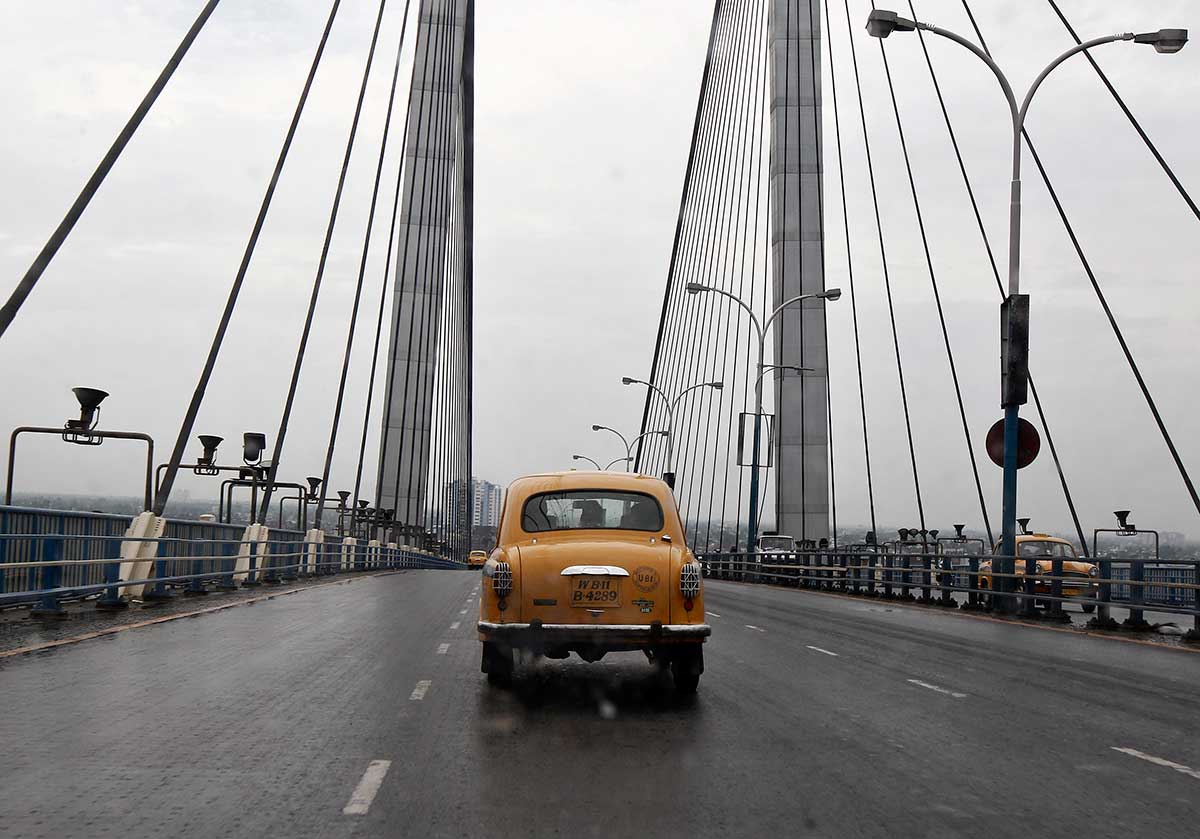
As Kolkata marches towards modernity, it is hard to imagine its streets without these cabs.
But perhaps, that's the nature of the city -- rooted in tradition, yet always moving forward reluctantly, but with grace, just like the Peeli-Peeli.
Feature Presentation: Ashish Narsale/Rediff.com